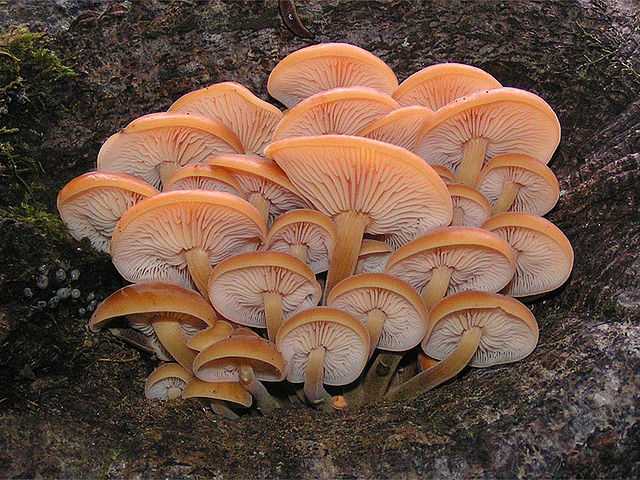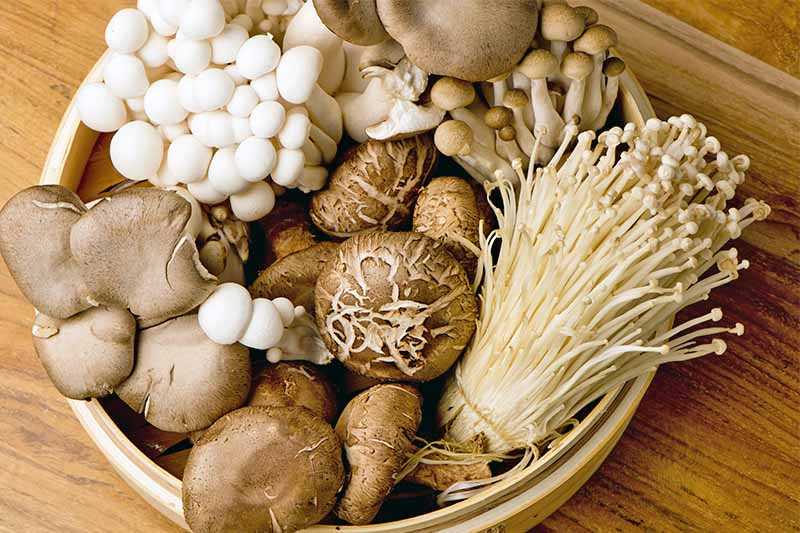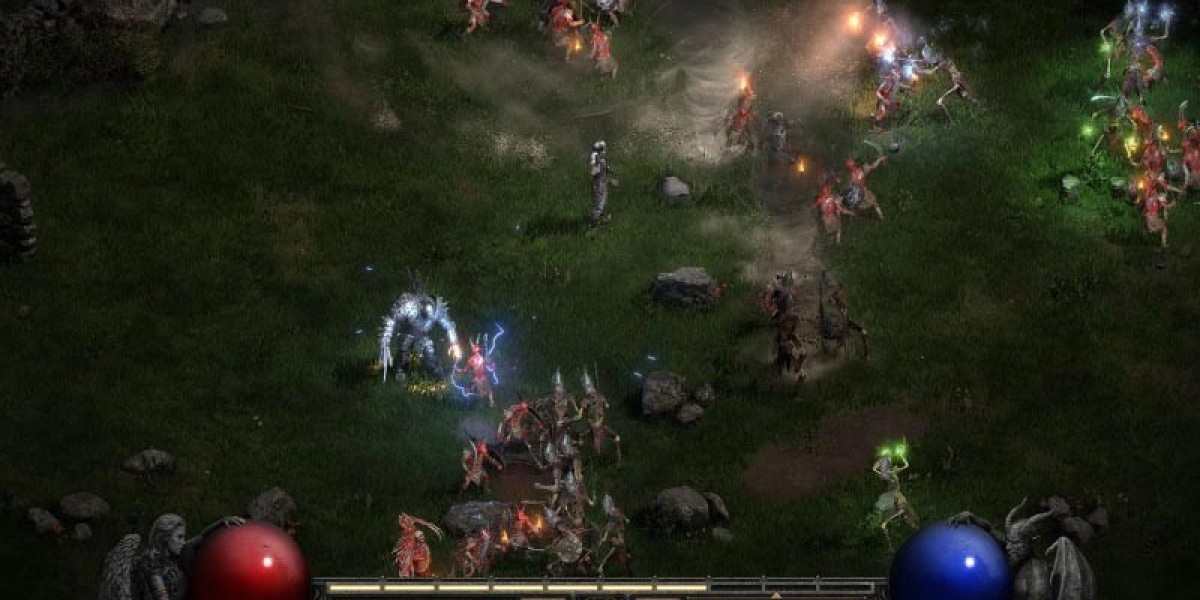Delicious, deadly, magical, intoxicating, mysterious. Throughout history mushrooms have gained many varying reputations, considered both food and foe.
Today it is easy for us to find safe, tasty mushrooms at the grocery store, but it wasnt always this way. Over the years reckless mushroom hunters have thrown caution to the wind with sometimes fatal results, giving food-safe mushrooms a bad reputation.
Its resulted in two very different categories of peoplemycophiles (those who love mushrooms) and mycophobes (those who fear mushrooms). Then there are folks like me, who fall somewhere between adoration and trepidation.
I enjoy mushrooms, but Ive heard enough horror stories about them to be cautious; you wont see me hunting for wild mushrooms without an expert guide by my side.
As weve familiarized ourselves with their many different species, mushroom edibles have become less forbidding. With the recent focus on locally sourced food and foraging, the allure of the mushroom doesnt seem to be slowing down. If anything, mushrooms are now more popular than ever.

- Mushrooms are often lumped into the vegetable category, though most of us know that they are actually a fungus. Today the most commonly consumed variety is the button mushroom, or Agaricus bisporus, which makes up about 40 percent of the mushrooms grown around the world.
- The name mushroom has been given to over 38,000 varieties of fungus that possess the same threadlike roots and cap.
- These threads, sometimes referred to as gills, are responsible for giving mushrooms like portobellos their meaty taste and texture.
- As air passes through the threads moisture evaporates, giving the mushroom a rich heartiness you can really sink your teeth into.
- A great deal of the mystery surrounding mushrooms stems from their association with poisonings and accidental deaths. The famous French philosopher Voltaire was once quoted as saying, A dish of mushrooms changed the destiny of Europe.
- He was referring to the War of Austrian Succession that followed the death of Holy Roman Emperor King Charles VI.

The kings untimely demise may have been a result of eating amanita, or death cap, mushrooms. On the other hand, mushrooms have also been praised for their medicinal properties thanks to their heavy dose of protein, potassium and polysaccharides, which contribute to healthy immune function.
Of course, you cant have a conversation about mushrooms without touching on the intoxicating variety. Though we may associate hallucinogenic mushrooms with the culture of the 1960s, archaeological evidence suggests that these types of mushrooms served religious and spiritual purposes centuries earlier.
Siberian shamans and Vikings are believed to have consumed hallucinogenic fly agaric (Amanita muscaria) mushrooms during religious ceremonies. According to the Mixtec Vienna Codex (13-15 centuries AD), mind-altering mushrooms were used in religious ceremonies in ancient Mexico.
Roman Catholic priests also observed and recorded the consumption of hallucinogenic mushrooms by native peoples after the conquest of Mexico in 1519.
After the effects of the mushrooms had worn off, the natives would discuss their visions of the future. We now know that these effects were not caused by magic, but rather by the psilocybin and psilocin found in some mushrooms.








